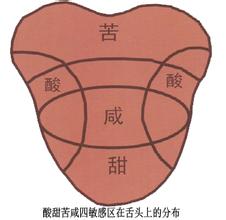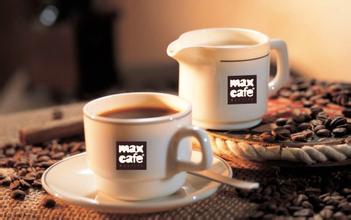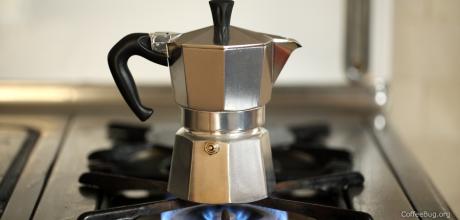Correct the taste distribution of the tongue Coffee tongue Taste training Coffee Flavor characteristics
Scientists have found that the "tongue taste distribution map" mentioned in the previous cup test textbook needs to be revised. Although these textbooks point out the approximate position where the tongue accepts sweet, sour, salty and bitter taste, this classification may not be suitable for everyone. In fact, the human tongue is actually a receptor for a comprehensive sense of taste, and everyone has different feelings about various tastes.
Some successful cup testing training courses teach people to help them feel tastes that they have never felt before, based on the approximate location of various taste distributions on the taste distribution map. However, precisely because everyone has different senses of taste and smell, the above training method is somewhat inconsistent with the principle of "individual differences." in addition, the combination of various flavors will also produce new flavors. training your tongue, discovering your own taste distribution map, and learning the relationship between various taste stimuli are very important topics.
It's easy to know your own taste distribution. I personally suggest you prepare some sugar, citric acid, salt, and cinnamon sodium [quinine, which is found in Tongning water], dilute each sample, apply a little dilution with a brush, and brush it on a small area on your tongue, preferably in a place that is different from those written in textbooks. For example, you can test outside the tip of your tongue to see where else you can feel sweetness. The tip of a person's tongue should be the most sensitive area to sweetness, but there should be other places where you can feel sweetness.

After that, try with other samples and compare your feelings with others. The development of your own taste points is the most basic element before cup testing, otherwise our description of the various flavors of coffee will be misinterpreted as congenital genetic differences, causing you to mistakenly think that some people are born with particularly sensitive tasters, or they are not born to taste at all, or their tasting ability is moderate. If you are a naturally sensitive taster, when you drink a cup of coffee, you feel very bitter, you must be prepared, about 75% of people will say that cup of coffee is not very bitter.
When you have a better understanding of your taste distribution, try mixing different flavors and see how they interact when added together. Do you feel the single taste of these two parts respectively, or do you find a new flavor in another new part? Continue to mix and taste the other flavors until you finally mix all the four basic flavors together and draw a full stop. You can ask another person to mix these samples for you so that you can have a taste.
When you can fully recognize the relationships and changes between these tastes, even if you have fully developed your sense of taste, you are qualified to enter more complex fields such as "cup test coffee". Use your developed personal taste distribution map, understand your ability to feel various flavors, and understand the interaction between flavors, so that you can accurately describe the various flavors of coffee.
Source: Internet
Important Notice :
前街咖啡 FrontStreet Coffee has moved to new addredd:
FrontStreet Coffee Address: 315,Donghua East Road,GuangZhou
Tel:020 38364473
- Prev

Coffee knowledge taste discrimination how to distinguish the quality of coffee beans and the aroma and flavor of coffee beans
Distinguish coffee beans from good or bad coffee beans: neat shape, bright color, roasted by single stir-fry. After brewing and cooking, it is mellow and full of stamina. Bad coffee beans: different shapes and incomplete individuals. After cooking, it is light and fragrant, not sweet enough. The secret to the freshness of ◆ coffee beans: fresh coffee beans have a strong smell, otherwise tasteless or bad smell. Look at it: good coffee
- Next

Different brewing methods bring different coffee flavors: siphon pot, drip filter pot and mocha pot.
First, I used the siphon pot brewing method, I chose the HARIO glass king TCA-3 siphon pot, said here, there is a small episode, yesterday at home just ran out of alcohol, early in the morning, ran around the drugstore around the community, unexpectedly did not buy alcohol, dizzy. Later, a friend brought a bottle to me on the way over, otherwise the siphon pot could only be seen yesterday and could not be used. What exactly is the siphon pot?
Related
- What is the meaning of lactic acid fermentation with coffee bean treatment?
- How to judge the state of foam by sound?
- How does the latte pull out the unicorn pattern? Come to get for a little trick to improve the flower pull!
- Will flower pulling affect the taste of the latte?
- Do you know the history of coffee?
- The difference between honey treatment and sun washing what is raisin honey treatment?
- What kind of milk can a novice use to make coffee foam to keep the foam longer? The correct method and skills of milking tutorial sharing
- Why do washed coffee beans taste sour? Flavor characteristics of washed Coffee
- Introduction to the skill of how to practice the size and height of water injection around the circle of hand-brewed coffee
- How do beginners practice coffee flower drawing from scratch?

